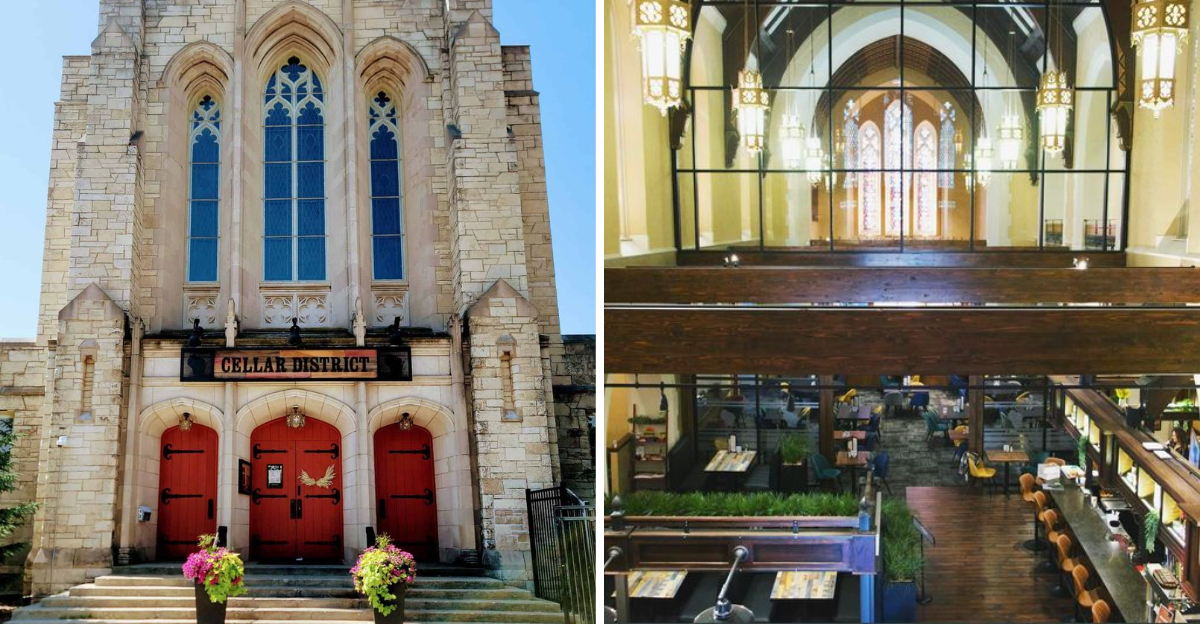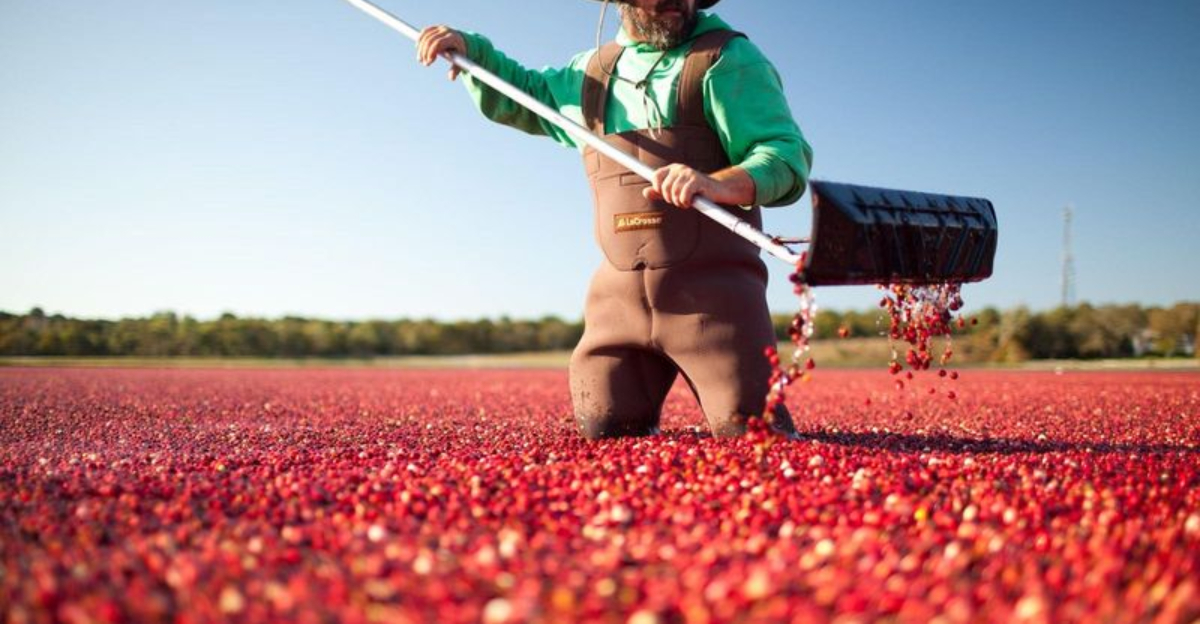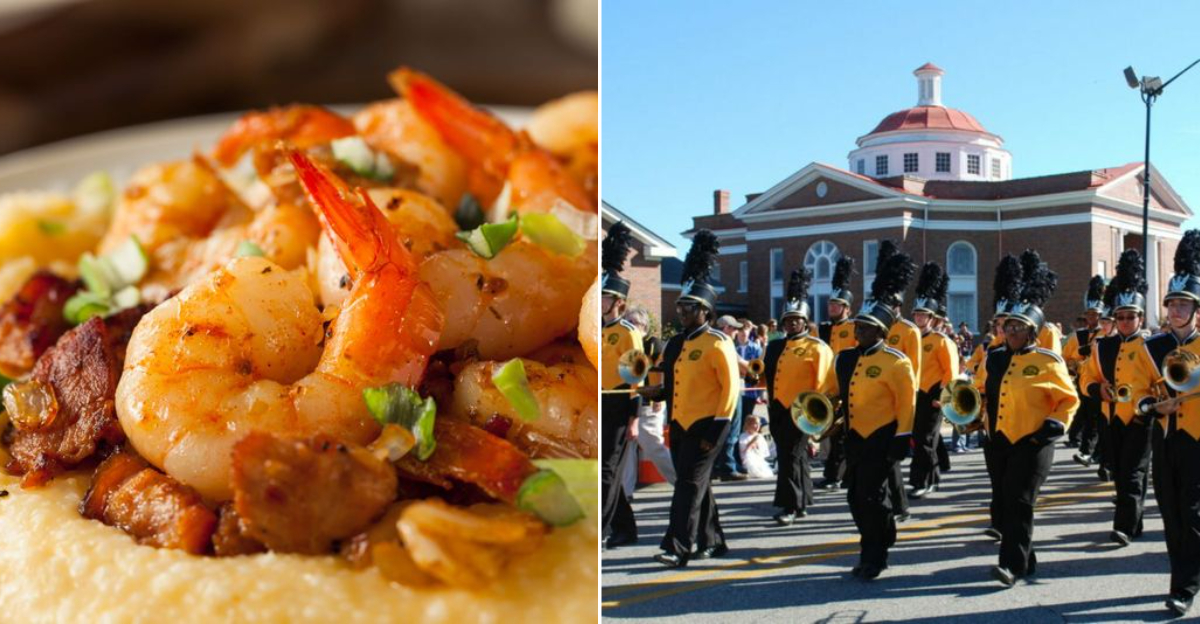29 Unique Dining Traditions From Around The World
Food brings people together in ways nothing else can.
Every culture has special ways of preparing, serving, and enjoying meals that tell stories about history, values, and community. Exploring dining traditions from different countries opens windows into how people celebrate, connect, and show love through food.
1. Japanese Kaiseki

Eating a meal where every tiny dish looks like artwork, Kaiseki represents Japan’s most refined dining experience, featuring multiple small courses that change with the seasons.
Each plate showcases balance in taste, texture, color, and cooking method. Chefs spend years mastering the delicate presentation and flavor combinations that make every bite memorable and beautiful.
2. Ethiopian Injera Feast

Everyone gathers around one giant spongy pancake that doubles as both plate and utensil. Injera, a tangy sourdough flatbread, holds colorful stews called wats.
Diners tear off pieces and scoop up food with their hands, often feeding each other in a gesture called gursha. Sharing from one platter strengthens bonds and celebrates togetherness in Ethiopian culture.
3. French Haute Cuisine

Fancy French restaurants turn cooking into an art form with haute cuisine. Chefs follow precise techniques passed down through generations, creating dishes that taste as amazing as they look.
Meals unfold slowly over multiple courses, each paired with specific wines. Attention to detail, from folded napkins to sauce consistency, makes dining feel like attending a delicious performance.
4. Spanish Tapas Crawl

Why settle for one restaurant when you can hop between several? Spaniards love bouncing from bar to bar, sampling small plates called tapas at each stop.
Friends stand at counters, chatting loudly while nibbling olives, croquettes, and patatas bravas. Moving between venues keeps the evening exciting and lets everyone taste dozens of different flavors in one night.
5. Chinese Dim Sum

Weekend mornings in Cantonese culture mean gathering for dim sum, which translates to touching the heart. Servers push carts loaded with bamboo steamers through bustling restaurants.
Families pick dumplings, buns, and other bite-sized treats as carts roll past. Sharing tea and small plates while catching up creates a relaxed, joyful atmosphere that stretches for hours.
6. Italian Family-Style Meals

Italians believe meals should never be rushed, especially when family gathers. Everyone sits together for hours, passing heaping bowls of pasta, vegetables, and meat around the table.
Conversation flows as freely as the wine, with multiple generations sharing stories and laughter. Eating becomes about connection rather than just filling stomachs, making every meal feel like a celebration.
7. Indian Thali

Picture a plate holding an entire rainbow of flavors all at once. Thali means plate in Hindi, but it represents a complete balanced meal with small portions of many dishes.
Rice, bread, curries, pickles, and sweets all appear together, offering sweet, spicy, sour, and savory tastes in every bite. Eating thali teaches appreciation for variety and nutritional balance.
8. Korean BBQ

Cooking your own dinner at the table turns eating into entertainment. Korean BBQ restaurants feature built-in grills where diners cook marinated meats themselves.
Dozens of small side dishes called banchan surround the grill, offering pickled vegetables and kimchi. Wrapping grilled meat in lettuce with garlic and sauces creates personalized flavor bombs that make every bite interactive and fun.
9. Moroccan Tagine Dinner

A cone-shaped clay pot gives Moroccan tagine both its name and unique flavor. Meat, vegetables, and spices slow-cook together for hours, creating incredibly tender, aromatic stews.
Families gather on cushions around low tables, scooping food with bread straight from the communal pot. Eating together from one vessel symbolizes unity and shared abundance in Moroccan hospitality.
10. Middle Eastern Mezze

Why choose just one appetizer when you can have twenty? Mezze spreads feature countless small dishes meant for sharing and sampling.
Hummus, falafel, stuffed grape leaves, and fresh pita cover the table in a colorful display. Guests graze leisurely, mixing flavors and textures while conversation flows naturally. Generosity shows through the sheer abundance of food offered.
11. Peruvian Ceviche Tasting

Raw fish cooked only by citrus juice might sound strange, but Peruvians have perfected this technique over centuries. Ceviche showcases the freshest catch, marinated in lime until tender and tangy.
Sweet potato and corn balance the acidity while adding texture. Coastal restaurants serve it at midday when fish is freshest, making lunch the traditional ceviche hour throughout Peru.
12. Thai Street Food Tour

Bangkok’s sidewalks transform into outdoor restaurants every evening. Vendors cook everything from pad thai to grilled satay on portable carts, filling streets with mouthwatering aromas.
Locals perch on plastic stools, slurping noodles and chatting with neighbors. Eating on the street offers authentic flavors at tiny prices while soaking up the city’s energetic atmosphere and community spirit.
13. Vietnamese Pho Experience

Slurping noodles for breakfast might seem odd, but Vietnamese families start their day with steaming pho. Rich broth simmered overnight with bones and spices creates deep, complex flavors.
Diners customize bowls with fresh herbs, lime, and chili, making each serving unique. Pho shops buzz with morning energy as neighbors gather before work, bonding over shared tables and noodle bowls.
14. British Sunday Roast

Sundays in Britain mean one thing: roast dinner with all the trimmings. Families gather after church for slow-roasted meat, crispy potatoes, Yorkshire puddings, and vegetables swimming in gravy.
Preparing the meal takes hours, but eating together makes the effort worthwhile. Sunday roast represents weekly family time, keeping traditions alive and giving everyone something delicious to anticipate.
15. Brazilian Churrasco

Brazilian steakhouses bring meat directly to your table on giant sword-like skewers. Servers slice portions right onto your plate until you flip a card signaling you need a break.
Churrascarias offer endless varieties of beef, pork, chicken, and lamb, all seasoned simply and grilled over open flames. Eating becomes a marathon of protein and socializing that lasts for hours.
16. Russian Zakuski

Russians never drink vodka without food, which is where zakuski comes in. Tables overflow with pickled vegetables, smoked fish, caviar, and dark bread before the main meal arrives.
Each vodka toast requires eating something afterward, turning drinking into a lengthy social ritual. Zakuski transforms simple appetizers into centerpieces that encourage conversation, toasting, and celebrating friendship through the evening.
17. Mexican Mole Feast

Creating mole sauce requires patience most modern cooks lack. Some recipes call for over thirty ingredients, including chocolate, chilies, nuts, and spices, all toasted and ground by hand.
Families prepare mole for special celebrations, investing days in the process. When rich, complex sauce finally coats tender chicken, everyone understands why mole represents love made edible through dedication and tradition.
18. Greek Taverna Dining

Greek tavernas offer more than food; they provide an entire lifestyle. Simple grilled fish, fresh salads, and crusty bread taste better when eaten outdoors overlooking the sea.
Meals stretch for hours as friends linger over wine and conversation. Nobody rushes in Greek dining culture, because sharing food and company matters more than keeping schedules or hurrying to the next activity.
19. Turkish Meze Spread

Turkish meals begin with meze, an impressive array of hot and cold appetizers that could easily become the entire meal. Stuffed grape leaves, smoky eggplant dips, and yogurt-based dishes crowd the table.
Diners sample slowly, savoring each flavor while sipping raki, an anise-flavored spirit. Meze dining encourages leisurely eating and conversation, making meals last well into the night.
20. Indonesian Nasi Campur

Nasi campur means mixed rice, but it delivers so much more than that simple name suggests. One plate holds rice surrounded by small portions of multiple dishes, offering complete flavor diversity.
Every vendor creates unique combinations, making each nasi campur experience different. Eating this way lets you taste many Indonesian specialties in one affordable, satisfying meal that showcases regional cooking styles.
21. Lebanese Mezze Platter

Lebanese hospitality shines through generous mezze platters that seem never-ending. Fresh herbs, grains, and vegetables dominate, creating lighter, brighter flavors than other Middle Eastern cuisines.
Tabbouleh, kibbeh, and countless dips arrive in waves throughout the meal. Hosts take pride in abundance, ensuring guests never see an empty plate. Eating mezze becomes a marathon of flavors and friendship.
22. German Beer Hall Feast

Long wooden tables packed with strangers somehow feel like family reunions in German beer halls. Giant pretzels, sausages, and sauerkraut pair perfectly with liter-sized beer steins.
Strangers toast together, sing folk songs, and share benches in celebration of food and community. Beer hall culture proves that good food and drink can turn any group of people into instant friends and festival companions.
23. Swedish Smörgåsbord

Swedish buffets follow unwritten rules that locals learn from childhood. Diners make multiple trips, starting with herring and cold fish, progressing through hot dishes, and finishing with desserts.
Mixing foods from different stages breaks tradition and marks you as an outsider. Smorgasbord teaches patience and appreciation for each dish individually rather than piling everything onto one overloaded plate simultaneously.
24. Filipino Kamayan (Hands-On Feast)

Forget plates, utensils, and formality. Kamayan means eating with hands, and Filipinos take this tradition seriously by covering entire tables with banana leaves and piling on food.
Grilled meats, seafood, rice, and vegetables create an edible landscape. Everyone digs in together, laughing and bonding through the messy, joyful experience. Kamayan strips away barriers, making meals feel intimate and authentic.
25. American Barbecue Cookout

Nothing says American summer like firing up the grill and gathering neighbors. Backyards fill with smoke, laughter, and the sizzle of burgers and hot dogs cooking over charcoal.
Potato salad, coleslaw, and watermelon round out the feast. Barbecues bring communities together for casual celebrations where kids play, adults chat, and everyone eats too much in the best possible way.
26. Taiwanese Night Market Snacks

When the sun sets, Taiwanese night markets explode with energy, lights, and incredible smells. Vendors hawk everything from stinky tofu to bubble tea, creating a carnival atmosphere around food.
Locals wander for hours, sampling different stalls and running into friends. Night markets turn eating into entertainment and social events, making snacking a cultural experience rather than just satisfying hunger.
27. South African Braai

South Africans take their braais (barbecues) seriously, considering them essential to national identity. Wood fires, not gas grills, provide the only acceptable cooking method for proper braai purists.
Boerewors sausages, steaks, and chops cook slowly while friends gather around the fire. Braai culture centers on relaxation, storytelling, and spending quality time together rather than rushing through meals quickly.
28. Polish Pierogi Night

Making pierogi brings Polish families together for hours of cooking and conversation. Grandmothers teach grandchildren to pinch dough edges properly, passing down techniques through generations.
Fillings range from potatoes and cheese to fruit and meat, creating variety within one simple dumpling shape. Pierogi nights celebrate heritage and family bonds, proving that cooking together matters as much as eating together afterward.
29. Australian Bush Tucker Meal

Aboriginal Australians survived for thousands of years on bush tucker, native plants and animals found throughout the continent. Kangaroo, emu, bush tomatoes, and wattleseed create unique flavors found nowhere else.
Modern restaurants now celebrate indigenous ingredients, introducing diners to ancient food traditions. Bush tucker meals connect people to Australia’s original inhabitants and the land’s natural bounty through thoughtfully prepared native dishes.





